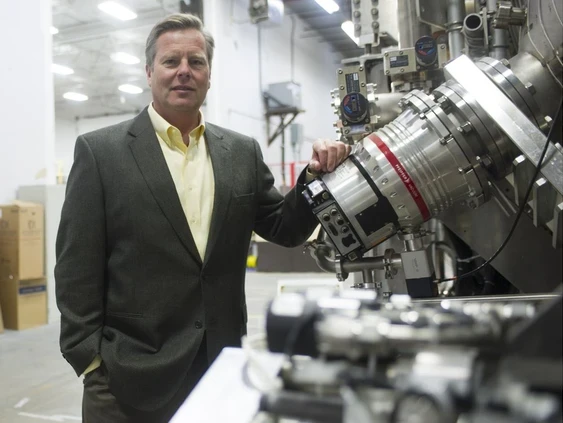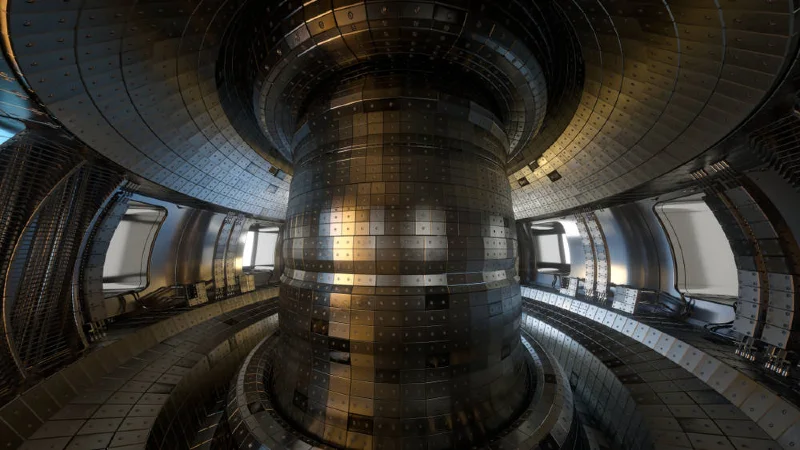As the world races towards net-zero, the renewable energy sector is hitting its stride with wind and solar. However, Christofer Mowry, chair of the Fusion Industry Association, brings attention to a looming bottleneck. “Opportunities to deploy wind and solar will start to run out next decade,” Mowry predicts, underscoring the finite nature of suitable land and the inherent intermittency of these energy sources.
Mowry, who recently stepped in as CEO of Type One Energy after leading Canada’s General Fusion, is championing nuclear fusion as the necessary evolution in our energy paradigm. Fusion, mirroring the processes powering the stars, offers a virtually limitless supply of clean energy. This method has been dubbed the “holy grail” of energy solutions, promising a seismic shift in how we approach net-zero.
The quest for practical fusion energy has seen significant milestones, notably with a US team achieving fusion ignition in 2022, producing more energy than was inputted, and a UK lab setting new records for fusion power output. These achievements mark a turning point, shifting the conversation from theoretical potential to practical application.
At the heart of the discussion is the recognition that current technology portfolios fall short of what’s needed to fully transition to a sustainable energy future. Mowry emphasizes, “Fusion emerged from the shadows at COP28,” highlighting the global recognition of fusion’s role in achieving net-zero. This shift in narrative underscores the urgent need for innovative energy solutions beyond traditional renewables.

Renewable energy, while crucial to the initial phases of the energy transition, faces scalability challenges. Mowry points out that by the 2030s, the “easy and effective deployment” of renewables will encounter physical and practical limits. This is where fusion steps in, offering a complementary baseload capacity that could replace the more than 2TW of global coal-fired power, thus significantly reducing greenhouse gas emissions.
Fusion’s potential extends beyond merely supplementing renewables. It promises energy security for regions like Singapore, which relies heavily on imported natural gas. Fusion energy could provide a reliable, sustainable energy source independent of geographical and climatic limitations.
Looking ahead, Mowry envisions the first fusion power plants coming online in the mid-2030s. The challenge lies in industrializing the technology developed in laboratories. Type One Energy, backed by Breakthrough Energy Ventures, is pioneering the development of a stellarator machine, a complex system designed to maintain plasma stability, crucial for sustained fusion reactions.
Beyond energy production, Mowry highlights fusion’s role in direct air capture (DAC) technologies, essential for reversing the buildup of atmospheric CO2. Achieving net-zero is only the beginning; the ultimate goal is to “run the industrial revolution in reverse,” requiring massive amounts of clean energy to remove carbon from the atmosphere effectively.
More To Discover
- Science Found The Sweet Spot: 68°F, The Optimal Temperature for Life on Earth
- Chipotle’s Investment in Cutting-Edge Agriculture and Fertilizer Tech Aims to Shed Greenwash Shadow
- China’s Massive Trawler and Fishing Fleet Is Causing Devastation In And Out of The Ocean and No One Will Stop Them
- Trees Are The Unexpected Climate Challengers on the Great Plains
Mowry’s vision is clear: fusion isn’t just an alternative energy source but a cornerstone of future climate strategies. “Fusion is the most powerful form of energy in the universe,” he asserts, emphasizing its unparalleled potential to address the world’s energy and environmental challenges.
As we stand on the cusp of a new era in energy production, the message is clear: the world doesn’t just need fusion; it’s becoming increasingly dependent on it to secure a sustainable future.





















